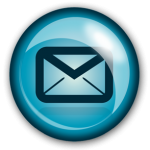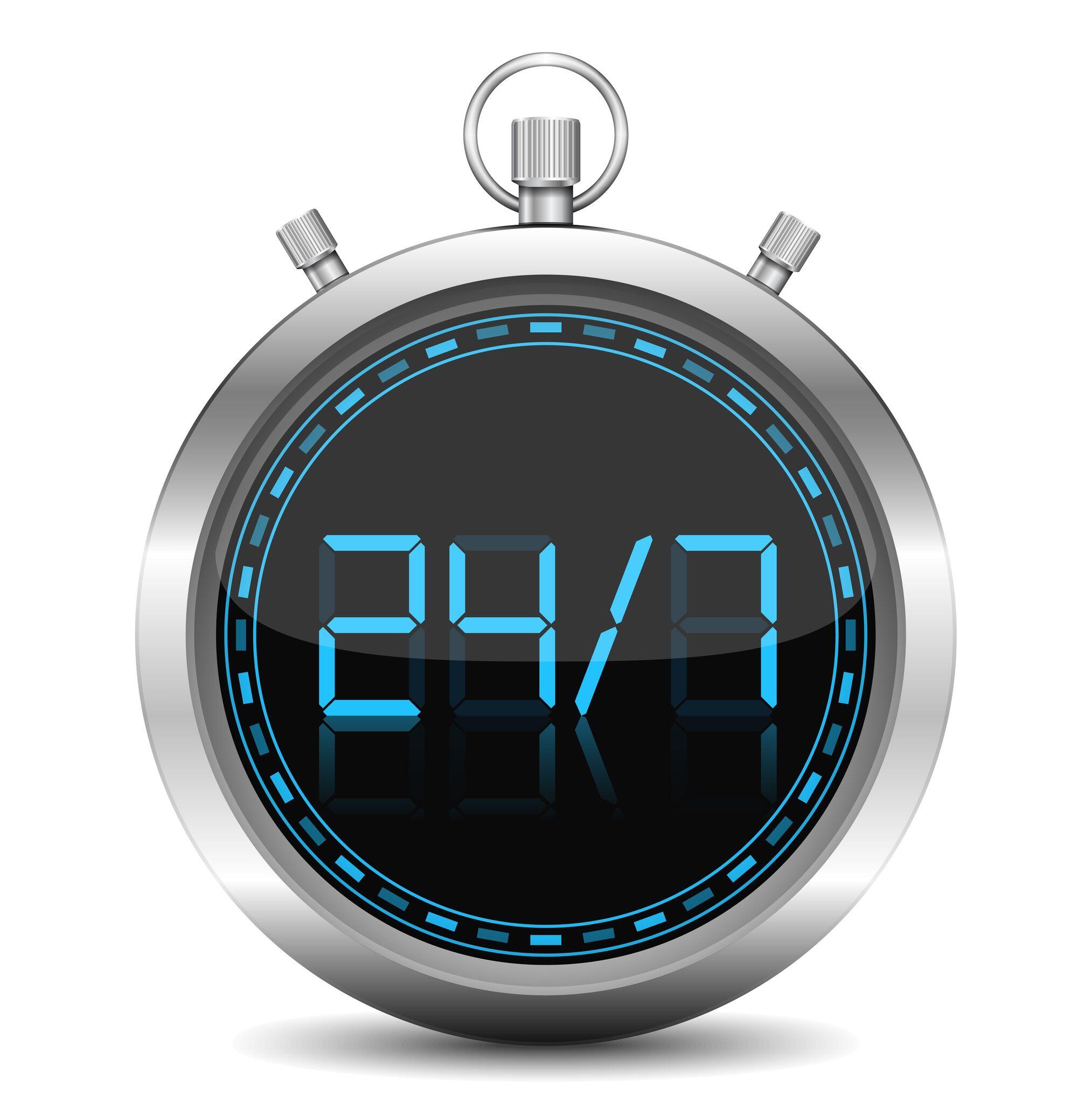12 Aug Don’t Take Your Cell Phone To The Beach

It’s almost August and it’s been one heck of a year, not just for me but for so many friends, colleagues, and clients. Yet Tuesday morning beckons and I know that means it is time to write my blog post for the week. Most of the time the words just pour onto the page. Unlike some bloggers I don’t pre-write, my posts are inspired by my clients, my week, and my life.
Except today I’m stuck. Maybe it’s how sad I am about the loss of Robin Williams. Maybe it is because both my children are leaving for college on Saturday (sad, excited and super busy all at the same time), maybe it is because I need a vacation. I think that’s it. I have been reading all these great articles about how productivity improves with down time. This is what I’ve picked up:
- Take true vacations: “If we can train ourselves to take regular vacations – true vacations without work – and to set aside time for naps and contemplation, we will be in a more powerful position to start solving some of the world’s biggest problems. (New York Times article on creative thought: http://www.nytimes.com/2014/08/10/opinion/sunday/hit-the-reset-button-in-your-brain.html?smid=fb-share)
- Create and respect boundaries. “You cannot achieve your balance if you don’t respect the boundaries you have put in place. It will be hard in the beginning but you need to stick with it so you develop a routine and drive a culture and lifestyle of predictability. You will find that there is also something else you can do. There is always another email to reply to or a problem to work, but you need to PERSONALLY respect your boundaries. If you don’t then you can’t expect others to respect them.” (Entrepreneur Magazine article on Work-Life Balance: http://www.entrepreneur.com/article/235427)
- Time off improves productivity: “The Greeks are some of the most hardworking people in the world, putting in over 2,000 hours a year on average. Germans, on the other hand, are comparative slackers, working about 1,400 hours each year. But German productivity is about 70% higher.” (Economist Magazine article: http://www.economist.com/blogs/freeexchange/2013/09/working-hours)
So, my productivity tip for the week is to take some down time. Happy August, vacation, and napping. Talk to you next week – then it’s VACATION TIME!






